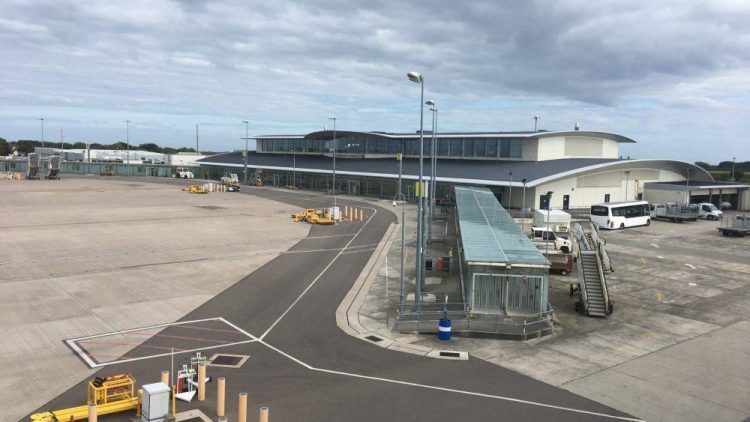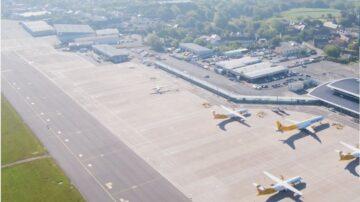A new report commissioned by Guernsey’s Committee for Economic Development shows that there is a clear net economic benefit to extending the island’s airport runway.
The analysis, which was undertaken by Frontier Economics, examines the costs and benefits of extending the runway to at least 1,700m, and provides analysis on the potential social and environmental impact.
However, the findings will need to be reviewed in light of the Covid-19 pandemic which has pushed the debate on the issue back until at least the end of the year.
‘The report the Committee for Economic Development commissioned from Frontier Economics shows that there is a clear net economic benefit of extending Guernsey airport’s runway to at least 1,700m,’ said Deputy Charles Parkinson, President of the Committee for Economic Development.
‘Nevertheless, the Committee recognises that in light of the Covid-19 pandemic and the potential impact on air travel, now is not the right time to bring a policy letter to the Assembly, as the report’s findings will need to be reviewed.
‘As part of the economic recovery plan for the Bailiwick of Guernsey and after checking whether the assumptions underpinning the reports are still valid, the Committee for Economic Development will decide on the terms of a Policy Letter to bring to the Assembly for an extension of Guernsey airport’s runway, once the Covid-19 pandemic is under control and the future of the local and UK airline industry is clear.’
It was hoped that by extending the runway Guernsey would attract larger aircraft to provide lower fares. According to the report, the runway would need to result in an additional 8,200 visitors per year in order to break even – less than the number of passengers who travelled to London Southend when the route was trialled in 2019.
The report also found that an extension could lead to a net economic benefit of £21 million over 40 years.
‘If the runway extension was to lead to an additional 20,000 visitors per year, then the report suggests that the net economic benefit could rise to an estimated £200 million over a 40 year period.’















